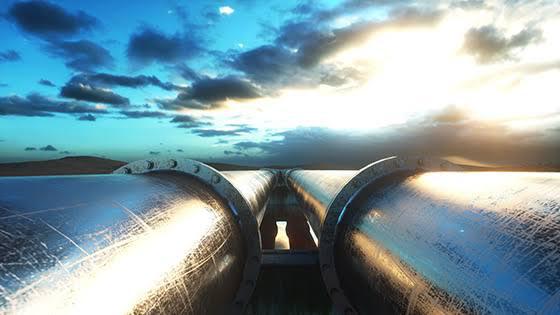According to the latest report from the US Energy Information Administration (EIA), global demand for renewables will grow at the fastest rate through 2050, but demand for petroleum and other liquids, as well as natural gas, will grow at a slower rate.

The EIA’s long-term predictions of energy supply and demand, broken down by sixteen regions and sources, are included in the 2021 outlook.
As a result of population and economic expansion, worldwide energy consumption and energy-related carbon dioxide (CO2) emissions will rise until 2050 if current policy and technology trends continue.
The EIA claims that additional electricity generation will primarily come from renewable sources around the world, although natural gas, coal, and increasingly batteries will also be required to fulfil demand and sustain grid resilience.
Oil and natural gas production are also expected to increase during the next three decades, mostly to meet increased energy demand in expanding Asian nations. In the EIA’s reference model, liquid fuel consumption in rising Asian countries is predicted to nearly treble by 2050 compared to 2020.
An excerpt from the release: “The industrial and transportation sectors will largely drive the increase in energy consumption. Electric vehicle sales will grow through 2050, causing the internal combustion engine fleet to peak in 2023 for countries that are members of the Organization for Economic Cooperation and Development (OECD) and in 2038 globally. Despite this projected growth in electric vehicle sales, the continued growth in energy consumption will cause global energy-related carbon dioxide emissions to rise through 2050 according to our IEO2021 Reference case.”
Some key findings of the outlook are:
- If current policy and technology trends continue, global energy consumption and energy-related carbon dioxide emissions will increase through 2050 as a result of population and economic growth.
- Renewables will be the primary source for new electricity generation, but natural gas, coal, and increasingly batteries will be used to help meet load and support grid reliability.
- Oil and natural gas production will continue to grow, mainly to support increasing energy consumption in developing Asian economies.
To read the complete IEO 2021 release by the Agency, CLICK HERE



